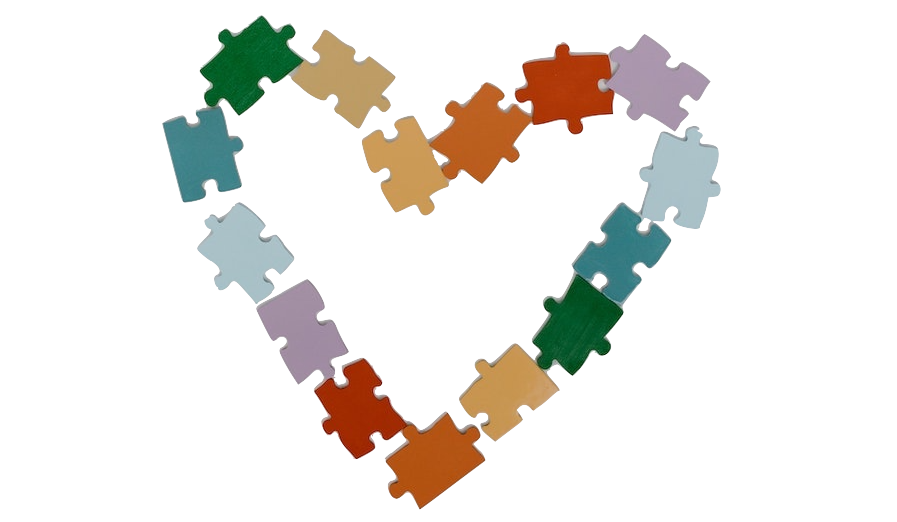The birth of a child with a mental disorder, as well as the manifestation of symptoms later in life, has a traumatic impact on parents. When parents receive the diagnosis, they feel their ideal child is gone. The life, the expectations, and the dreams of being a parent in a conventional way come to an abrupt end. Moreover, specific symptoms associated with neurodiversity and mental condition add to the ambiguity of the situation. Despite the physical presence, a child with Autism Spectrum Disorder, for example, appears to be emotionally absent or distant. In other cases, seemingly normal development during the first years, uncertain diagnoses, and prognoses make this loss even more ambiguous. Parents must let go of the bond they expected and the quality of relationships they envisaged, and they are forced to start a parenting journey with someone they do not entirely understand. For many, losing a child of their dreams feels like a “psychological death” (Bravo-Benítez et al., 2019).
Apart from that, parents would face an array of losses. While caring for a special needs child, they may be forced to give up activities and lifestyles they used to have. They would fall short of independent life and control. They would face the loss of their own identity, feelings of self-worth, self-confidence, and self-efficacy. The feeling of not being good enough would replace uplifting emotions: joy, hope, balance, and happiness. On the relational level, the social interactions may be reduced to supporting networks, leading to the loss of friendships and the reduction of social activities.
Loss is typically followed by grieving. When the child is alive, parents are not expected to grieve and express other feelings about this ambiguous loss. The environment can hardly understand the incomplete loss and, therefore, can scarcely empathize with the experience of these families. Instead, caregivers often face blame, shame, and reproaches. With their connection to themselves shattered, overwhelmed with new tasks and information, and missing physical time, they lack space and opportunity to discover how they feel. However, it isn’t easy to move on emotionally without acknowledging and accepting this loss and the feelings around it.
The pain of ambiguous loss is never finite, and it stretches in time throughout the child’s development, marking every missed milestone with hurt and sorrow. Furthermore, experiencing other parents with children on a playground, following friends with children, and longing for the imagined life inspired by often unrealistic presentations of others on social media hinders parents from exploring their own “good” and “bad” times. Resurfacing again and again, invisible grief rarely finds resolution and may accompany parents all life long, making their lives chronically unhappy.
Stuck in the subdued experience of unacknowledged and unresolved pain, parents often use avoidance and freezing to save themselves from suffering. Unconsciously, they would go to the playground after hours, avoiding facing other parents and their neurotypical children. They would often withdraw from participating in events for families. They would freeze when their child challenges the expected norms of behavior and avoid these situations again. They would function without self-awareness and switch off the emotional part of the self. Though helpful on some occasions, these methods only support further frustration, a sense of injustice, uncertainty, and anger at self and others.
Traumatic situations leave us helpless and hopeless. Remember, trauma is like a wound that might leave a scar; it does not change your quality as a human being. Your child is different, and you are OK: you have the same dreams, ideas, and values. When reading this, you are on the way to recovery. Emotional healing will need room and time:
- Time to undergo the stages of grief described by psychiatrist Elisabeth Kübler-Ross. Each step has a function. You will go through denial that slows the time down, anger to express your emotion and fight vulnerability, bargaining to deal with helplessness and guilt, depression to understand the meaning of loss, and ending up with accepting the new normal.
- A safe room for self-exploration and discussions, a space to express the pain and hurt, a place to restructure and find ways and new meaning in life. The meaning is not in illness/symptoms/disorders themselves; the meaning is how you live your life with that knowledge and keep humanity, love, kindness, positive emotions, and perspectives.
What can you do?
- Recognize your loss, talk to a close person, write a diary, consult a mental health practitioner, and join a self-help group.
- Become your best friend, be self-compassionate, and forgive yourself – you are a human.
- Accept your emotional reactions, such as grief, anger, and anxiety. These are your protective reaction to what is going on.
- Take care of yourself, and ensure you eat, sleep, and move.
- Educate yourself about the illness, coping, and ways of living with a physical or mental condition.
Embrace here and now, looking forward to the future that includes diversity. This takes time. You are not alone. Your child is different, AND you are OK. You will manage.
Sources:
- Ahlström, G. (2007). Experiences of loss and chronic sorrow in persons with severe chronic illness. Journal of Clinical Nursing, 16(3a), 76-83.
- Bravo-Benítez, J., Pérez-Marfil, M. N., Román-Alegre, B., & Cruz-Quintana, F. (2019). Grief experiences in family caregivers of children with autism spectrum disorder (ASD). International journal of environmental research and public health, 16(23), 4821.
- Kübler-Ross, E., & Kessler, D. (2005). On grief and grieving: Finding the meaning of grief through the five stages of loss. Simon and Schuster.
- Yılmaz, B., Azak, M., & Şahin, N. (2021). Mental health of parents of children with autism spectrum disorder during COVID-19 pandemic: A systematic review. World Journal of Psychiatry, 11(7), 388.

